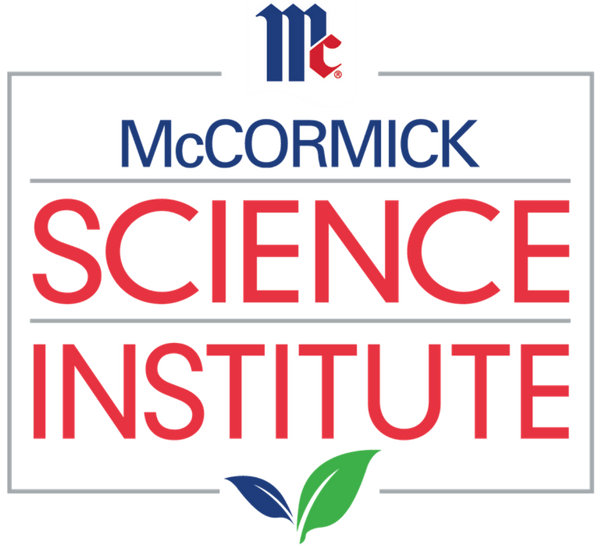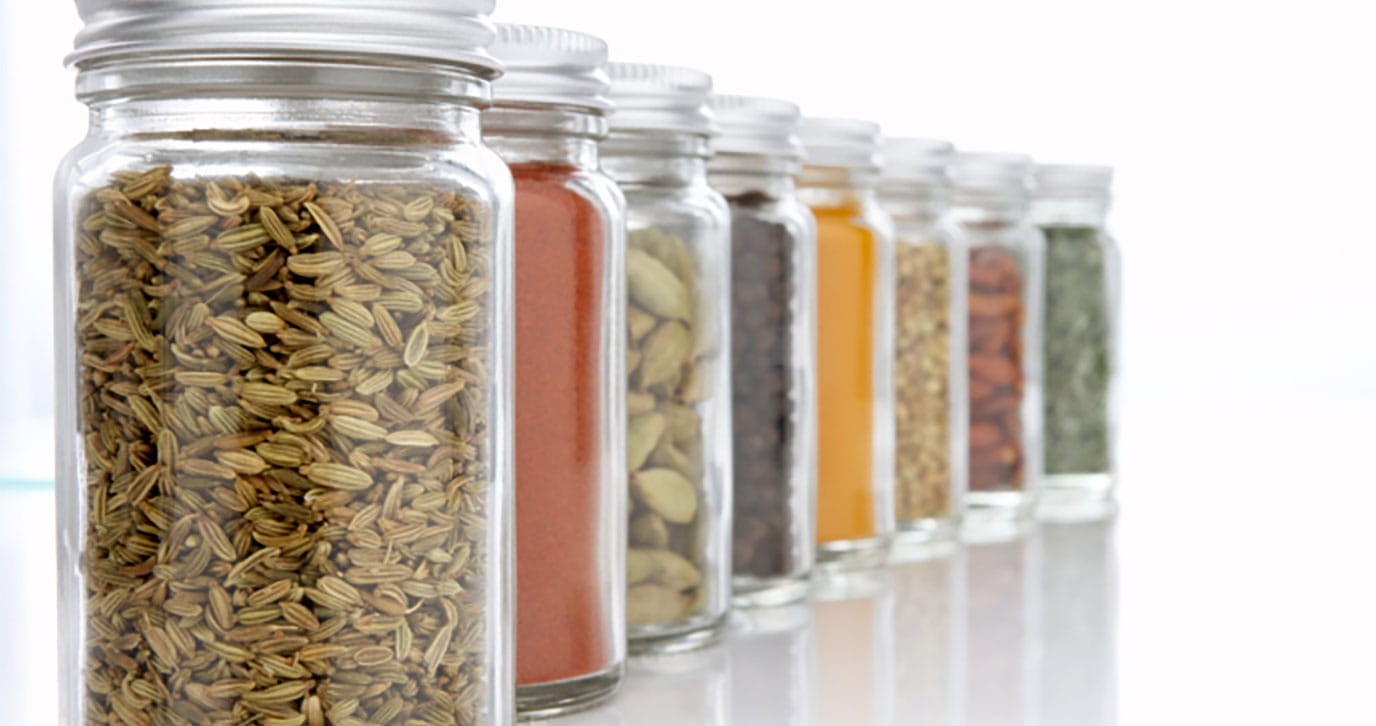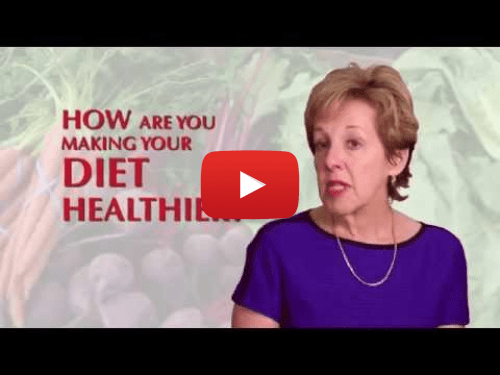Traditional risk factors for cardiovascular disease (CVD) include high blood low-density lipoprotein (LDL) cholesterol, low high-density lipoprotein (HDL) cholesterol, high blood pressure, smoking, and diabetes. Family history and inflammatory factors also affect CVD risk. Diet therapy for treating and managing patients with CVD and for reducing risk among healthy individuals focuses on consuming a diet containing vegetables and fruits; eating whole-grain breads and cereals; choosing poultry, fish, nuts, legumes, and low-fat dairy foods; and limiting the intake of saturated fat, trans-fat, sweets, sugar-sweetened beverages, and red meats. Because spices and herbs are rich in potentially bioactive compounds, clinical studies have examined their effects on blood insulin, blood lipids, and inflammation.
EFFECTS OF A SPICE BLEND ON POSTPRANDIAL INSULIN, TRIGLYCERIDES, AND ANTIOXIDANT CAPACITY
We designed a pilot study to determine whether a single, large dose (14 g) of a high-antioxidant spice blend incorporated into a test meal caused postprandial blood changes. Six overweight men aged 30 to 65 years were recruited, baseline blood samples were taken, and the men were randomized to 2 test conditions: a control meal consisting of a dessert biscuit, coconut chicken, and cheese bread, or the same control meal with an added spice blend that included black pepper, cinnamon, cloves, garlic powder, ginger, oregano (Mediterranean), paprika, rosemary, and turmeric. Participants could not be blinded to the test condition because of the relatively large amount of spice blend used. Postprandial blood samples were taken immediately after the meal and every 30 minutes thereafter until 8 samples were collected. Blood lipids, glucose, and insulin were measured. The plasma was analyzed for hydrophilic, lipophilic, and total oxygen radical absorbance capacity (ORAC) to provide information about its antioxidant potential. A higher total antioxidant capacity may reflect reduced oxidative stress, which is an underlying cause of many chronic diseases.
Addition of spices and herbs to the test meal significantly decreased postprandial insulin area under the curve by 21% (P = .004) and triglycerides area under the curve by 31% (P = .048), as shown in the Figure. Hydrophilic ORAC levels were 13% higher (P = .02) following the spice test meal than following the control meal, whereas lipophilic and total ORAC levels did not differ between the meals. Total blood cholesterol, HDL cholesterol, and glucose levels were not affected by meal condition. These findings suggest that a blend of spices and herbs may help improve levels of postprandial insulin and triglyceride concentrations after a high-fat meal while also enhancing the antioxidative capacity of blood.
EFFECTS OF CINNAMON ON BLOOD LIPIDS
Some studies have shown beneficial effects of cinnamon (Cinnamomum verum J. Presl, Lauraceae) on blood lipids in humans, whereas others have not. Khan and coworkers, for example, reported that mean fasting serum total cholesterol, LDL cholesterol, and triglyceride levels decreased 7% to 30% among adults with type 2 diabetes who consumed 1, 3, or 6 g of cinnamon daily for 40 days compared with those who were given a placebo (all P < .05). A systematic review and meta-analysis of 10 randomized controlled trials of cinnamon use in people with type 2 diabetes also found significant (P < .05) reductions in total cholesterol (−15.6 mg/dL), LDL cholesterol (−9.42 mg/dL), and triglycerides (−29.59 mg/dL) and an increase in HDL cholesterol (1.66 mg/dL) when the cinnamon dose ranged from 120 mg/d to 6 g/d. Markey and colleagues, however, reported no differences in postprandial plasma blood lipids among healthy adults who ate a high-fat meal containing 3 g of cinnamon. Likewise, Ziegenfuss and colleagues found no differences in blood total, LDL, HDL, very-low-density lipoprotein, and triglyceride concentrations between prediabetic adults who supplemented their diet with a cinnamon extract (500 mg/d for 12 weeks) and those who took a placebo for 12 weeks (see pages S10–S11).
EFFECTS OF GARLIC ON BLOOD LIPIDS
In a meta-analysis of 39 clinical trials, garlic (Allium sativum L., Amaryllidaceae) was effective in reducing serum total cholesterol by 17 ± 6 mg/dL (P < .0001) and LDL cholesterol by 9 ± 6 mg/dL (P = .02) and had a small positive effect on HDL cholesterol (1.5 mg/dL, P = .02) in individuals with elevated total cholesterol levels (>200 mg/dL). Daily doses of garlic used in these studies ranged from 600 to 5600 mg garlic powder, 9 to 18 mg garlic oil, 1000 to 7200 mg aged garlic extract, and 4 to 10 g raw garlic. The 8% decrease in total cholesterol with garlic consumption is considered clinically important and is associated with a 38% decrease in risk of coronary events in adults at age 50 years. Although garlic preparations are well tolerated, compared with the adverse effects sometimes accompanying drug therapy, it is not known whether garlic consumption reduces cardiovascular events or mortality, and more research is needed.
CONCLUSION
Spices and herbs are rich in compounds that may reduce inflammation and improve blood factors associated with increased CVD risk. However, the body of literature regarding their effects is small, and the clinical findings are not always consistent. The vascular effects of spices and herbs and their efficacy and safety relative to traditional drug therapy represent an exciting area for future research given the public health significance of CVD.















